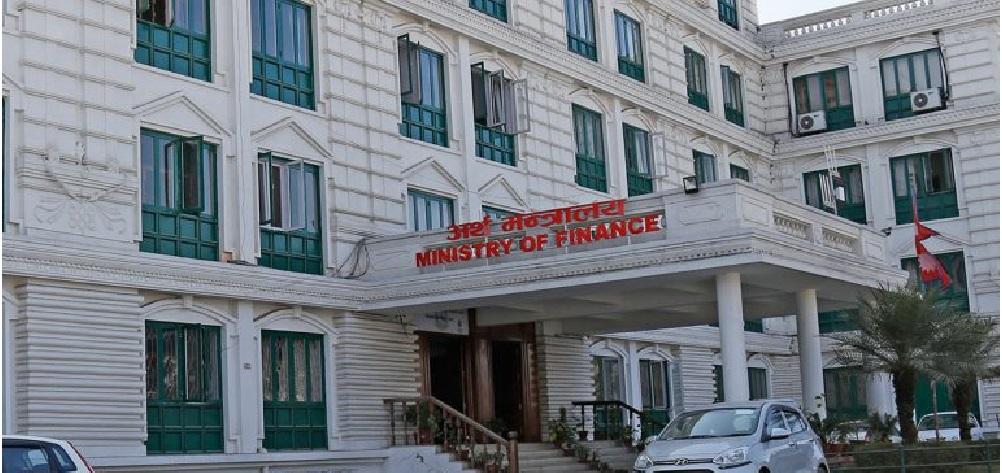By Angat Sitoula
Decoding the Volatility of NEPSE Trading

Introduction
The Nepal Stock Exchange (NEPSE) serves as a crucial barometer for the economic pulse of Nepal, offering a platform for the trading of securities. While it presents a myriad of opportunities for investors, NEPSE is also characterized by its volatility. Understanding the factors contributing to this volatility is essential for anyone participating in NEPSE trading. This comprehensive guide delves into the intricacies of NEPSE's fluctuations, providing insights to help investors navigate this dynamic landscape.
What is Volatility?
Before diving into the specifics of NEPSE, let's clarify what volatility means in the stock market context. Volatility refers to the degree of variation in the price of a security over time. High volatility means the price of a security can change dramatically in a short period, indicating a higher risk and potential for significant returns or losses.
Factors Contributing to NEPSE's Volatility
1. Market Liquidity
Market liquidity refers to the ease with which assets can be bought or sold in the market without affecting their price. NEPSE's relatively lower liquidity, compared to larger global markets, means that even small trades can lead to significant price changes, contributing to overall volatility.
2. Economic Indicators
Nepal's economic health directly influences NEPSE. Factors such as GDP growth, inflation rates, and monetary policy can sway investor sentiment, causing fluctuations in the stock market. Sudden economic shifts can lead to rapid market reactions, adding to volatility.
3. Political Stability
Nepal's political landscape can impact its economic policies and investor confidence. Political events or instability can lead to uncertainty in the market, prompting volatile stock price movements as investors react to the perceived risk.
4. Global Influences
As a part of the global economy, Nepal is not immune to international events. Global economic news, from financial crises to geopolitical events, can affect NEPSE. Investors often react to international developments, leading to price fluctuations in the Nepalese market.
5. Regulatory Changes
The regulatory framework governing NEPSE can also influence market volatility. Changes in regulations, such as those related to foreign investment or stock market operations, can affect investor confidence and market dynamics, leading to fluctuations.
6. Company Performance
The performance of companies listed on NEPSE plays a significant role in market volatility. Financial results, management changes, or industry shifts can impact stock prices, contributing to the overall volatility of the exchange.
Managing Risk in a Volatile Market
Investing in a volatile market like NEPSE requires strategic risk management. Here are some strategies to consider:
1. Diversification
Spreading investments across various sectors or asset classes can reduce risk. If one investment performs poorly, others might offset the losses.
2. Research and Analysis
In-depth research and analysis can help investors make informed decisions. Understanding a company's fundamentals and the macroeconomic factors affecting NEPSE can provide insights into potential market movements.
3. Setting Stop-Loss Orders
Stop-loss orders can limit potential losses by automatically selling a security when its price falls to a specified level. This can be particularly useful in a volatile market.
4. Long-Term Investing
Adopting a long-term perspective can help mitigate the impact of short-term volatility. Investors focusing on long-term growth may be less affected by daily market fluctuations.
The Psychological Aspect
Investor psychology plays a crucial role in market volatility. Fear and greed can drive market movements, as investors react to news and trends. Understanding and managing these emotional responses can be key to successful investing in a volatile environment like NEPSE.
The Role of Technology
Technological advancements have transformed stock trading, impacting market volatility. High-frequency trading and algorithmic trading can lead to rapid market movements. For NEPSE, incorporating technology in trading practices and market monitoring can help manage volatility.
Conclusion
While NEPSE's volatility presents challenges, it also offers opportunities for informed and strategic investors. Understanding the underlying factors contributing to this volatility can equip investors to navigate the market more effectively. By employing sound risk management strategies and maintaining an informed perspective, investors can capitalize on the opportunities presented by NEPSE's dynamic trading environment.
By embracing the complexities of NEPSE trading, investors can contribute to their financial growth and the broader economic development of Nepal, turning the challenges of volatility into opportunities for success.









